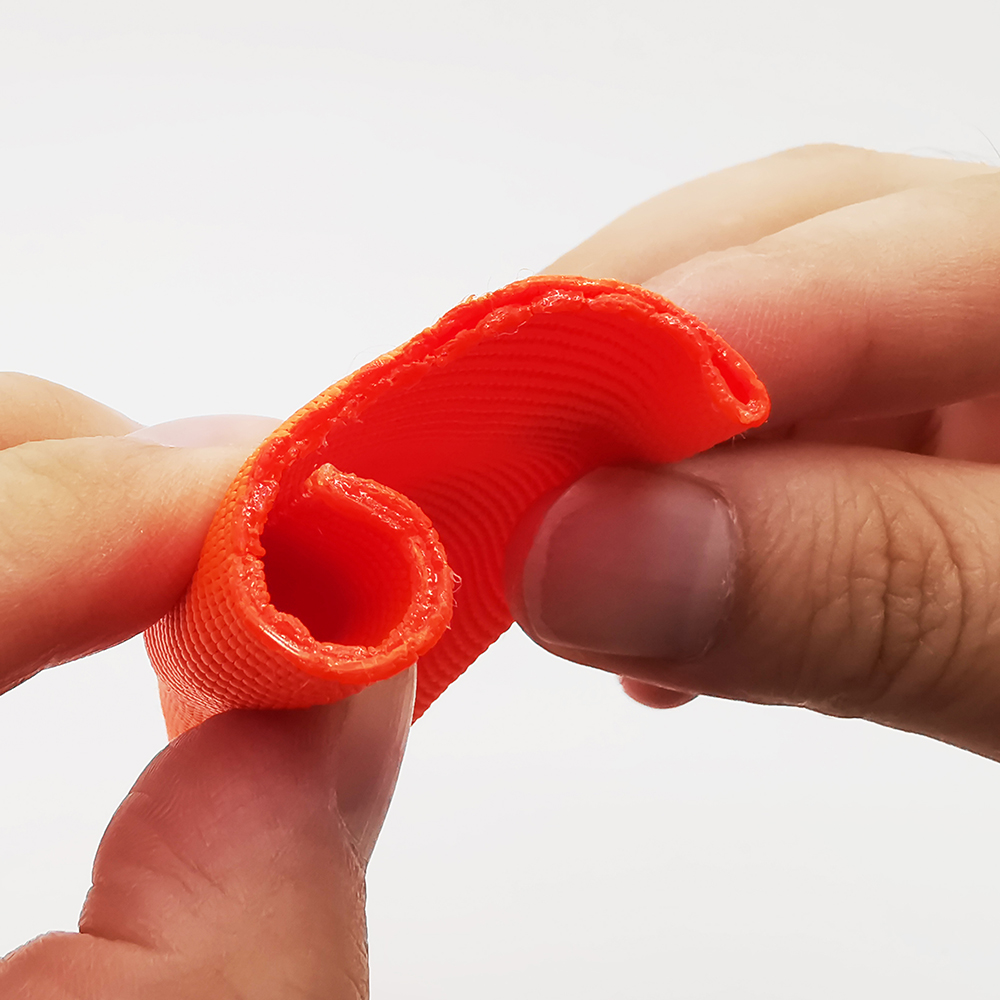When producing Tinned Copper braided sleeve, the hardness is often adjusted according to the customer's demand for product hardness, especially when producing Special Material Braided Sleeve buttons, in order to adjust the load of the buttons, the hardness of the rubber material is often adjusted. Adjustment. The hardness of the rubber most commonly used in knitting sleeves made of special materials is usually 30 degrees, 50 degrees and 70 degrees. Although there are only these three hardness rubber materials, any one between 30 degrees and 70 degrees can be formulated. hardness.

For example: now it is necessary to produce a Special Material
Braided Sleeve product that requires 6kg of rubber with a hardness of 55 degrees. It can be prepared with 4.5kg of 50-degree rubber and 1.5kg of 70-degree rubber. It can also be made with 2.25kg. It is prepared by adding 3.75kg of 70-degree rubber to 30-degree rubber. If you are good at mathematics, you only need to formulate an equation to calculate the proportion of rubber compound. If you are not good at mathematics, you can use the following formula to calculate easily.
1. (High hardness degree - target hardness degree) ÷ (high hardness degree - low hardness degree) × required weight = weight of low hardness rubber compound
2. Required weight - weight of low hardness rubber material = weight required for high hardness rubber material
In order to facilitate understanding and memory, the above formulas are all expressed in words, where "high hardness degree" refers to the hardness value with relatively high hardness among the two rubber materials, and "low hardness degree" refers to the hardness value with lower hardness, for example : Use 50-degree and 70-degree rubber materials to adjust the hardness, then the hardness value of the 70-degree rubber material is "high hardness degree", and the hardness value of the 50-degree rubber material is "low hardness degree". A very simple and easy-to-remember formula that can be applied directly without error.
Seeing this, I believe you have already understood how to calculate the hardness adjustment, but as mentioned earlier, you can prepare a 55-degree rubber by mixing 50-degree rubber + 70-degree rubber or 30-degree rubber + 70-degree rubber. In the actual production, which two kinds of rubber materials with hardness values should be used for deployment?
The answer is: it is best to use the two rubber materials with the closest hardness difference to adjust the hardness. Unless you have to, it is not recommended to use 70 degrees + 30 degrees to mix the hardness, because the two rubber materials are mixed together. Smelting is not only extremely sticky to the roller during rubber mixing, but also very sticky to the mold during hydraulic molding, which will cause certain difficulty in demoulding, especially the Special Material Braided Sleeve and Special Material Braided Sleeve buttons with more complex structures.



